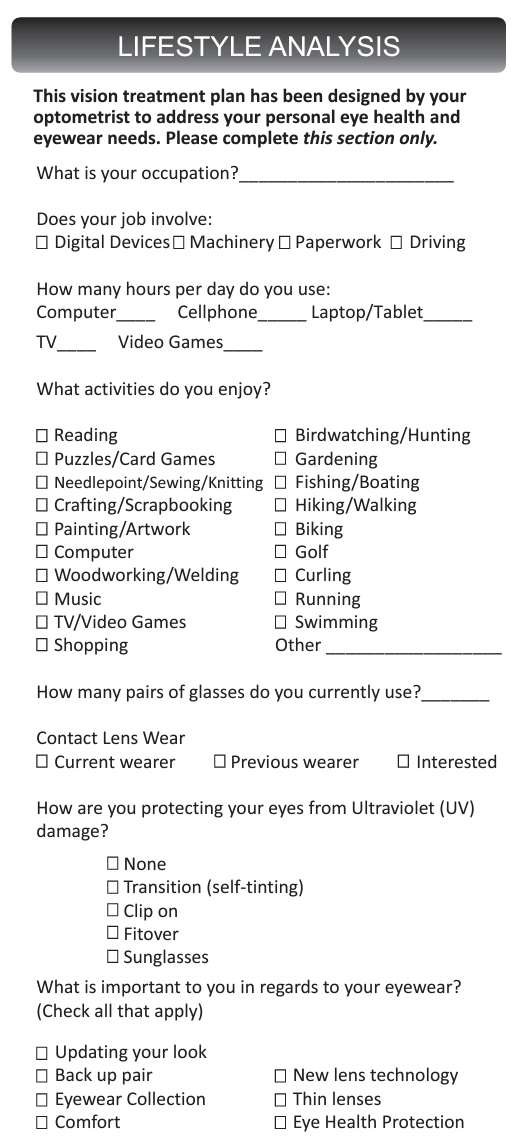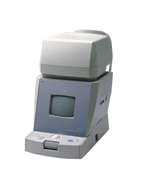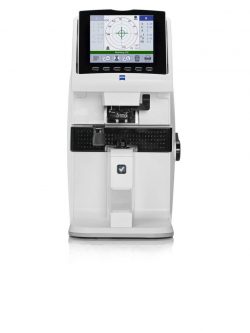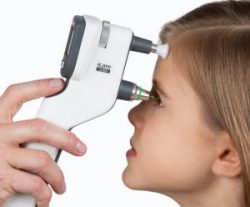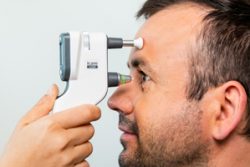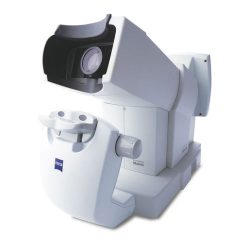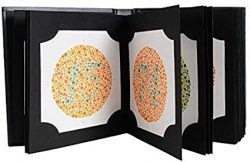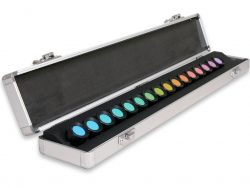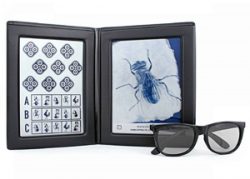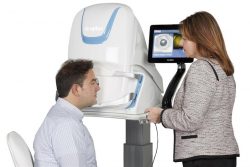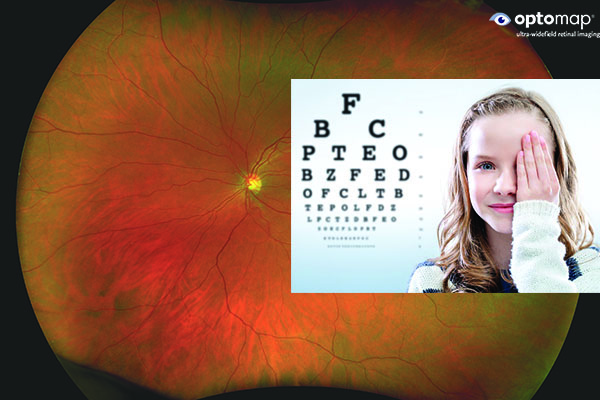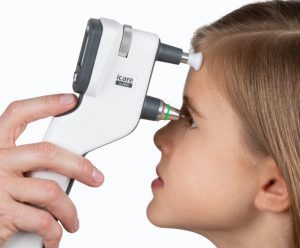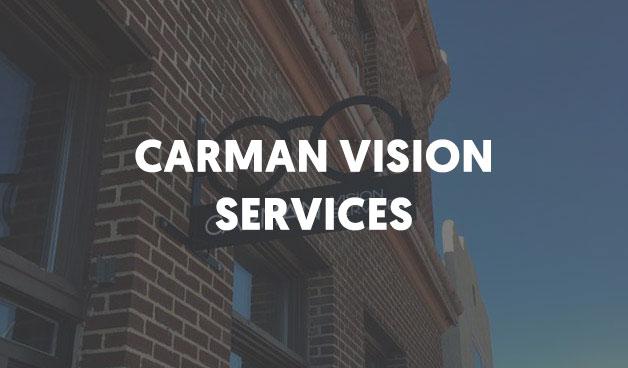Adult and Senior Comprehensive Eye Exam
Understanding Our Eye Health Assessment Process
Your eyes tell you a lot. They tell your optometrist how well you should see but also aspects of your overall health.
- Your eye exam will begin with a series of pre-tests to learn as much as possible about your eyes.
- Your optometrist will review the data before completing your comprehensive assessment with you.
A trusted relationship with your eye doctor is the best way to monitor changes over time. It’s our privilege to be your partner in eye health.
Detailed Pre-test
Our team will carry out a series of detailed tests to help us get as much information as possible about your eyes before you see your optometrist. Please click on the link for a detailed description of each.
Adult and Senior Eye Exam
After your pre-tests, your optometrist will use the detailed data to complete your comprehensive vision and eye health exam.
Child Eye Exams

The Canadian Association of Optometrists recommends that babies have their first eye examination between six and nine months of age. This is an important time to ensure eyes are healthy, eye and muscle movements and alignment are developing properly, and the eyes are focusing together. An accurate and complete eye exam can be performed without the need to read the eye chart. Your optometrist will test for nearsightedness (myopia), farsightedness (hyperopia), astigmatism, eye movement, and eye health.
There are a few ways to make this first visit more enjoyable:
- Work around fussy times.
- Schedule the appointment at a time when baby is generally relaxed and happy
By age 3, your optometrist should reassess your child’s visual system to confirm the absence of any eye disease, as well as monitor the continued growth and efficiency of visual skill development. This is also the examination where eye muscle problems such as crossed-eyes (strabismus) and lazy eye (amblyopia) are carefully assessed.
Tests for Children
Your optometrist and our team will carry out a series of detailed tests to help us get as much information as possible about your child’s eyes. If your child is able, these may include:


